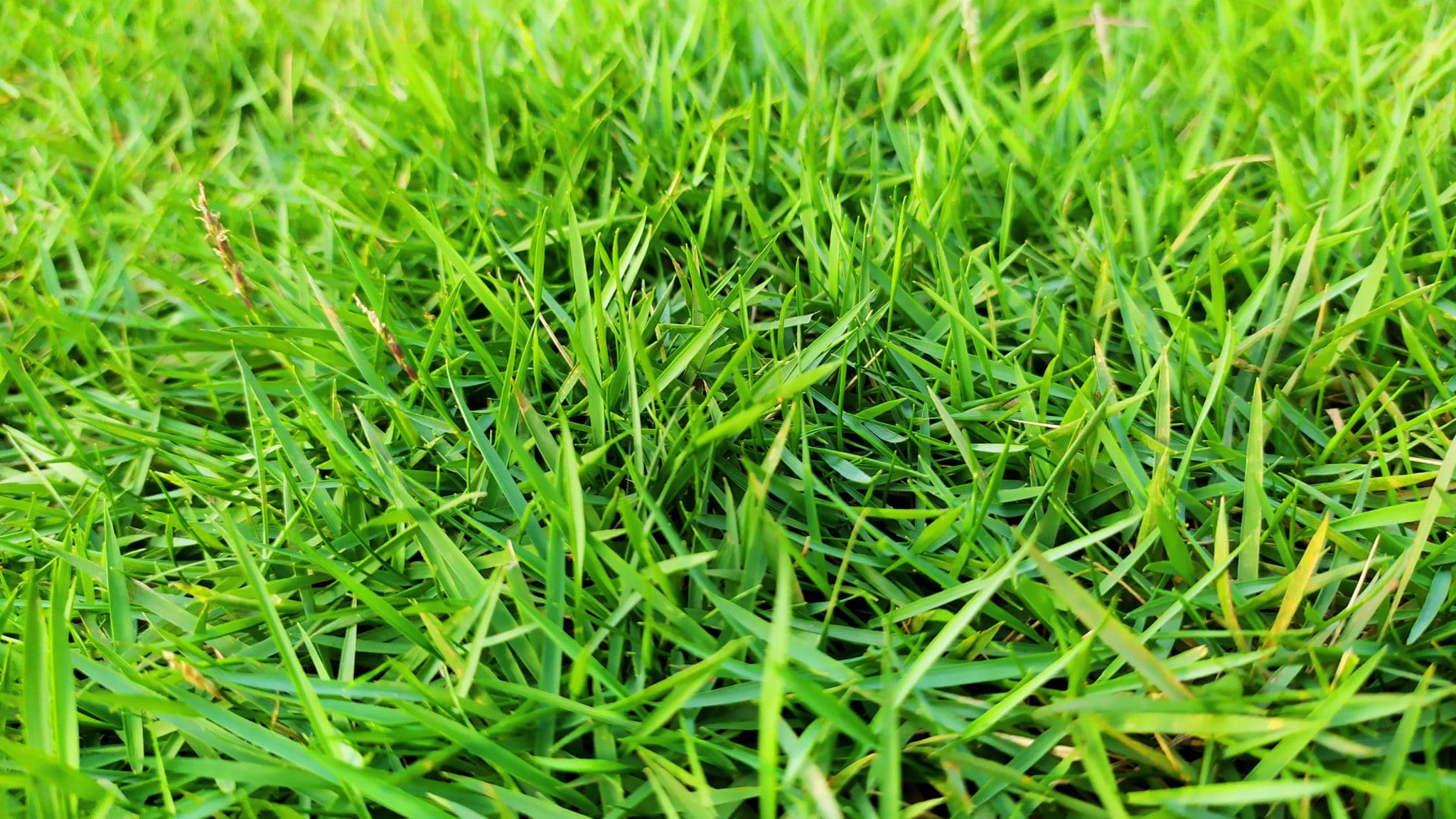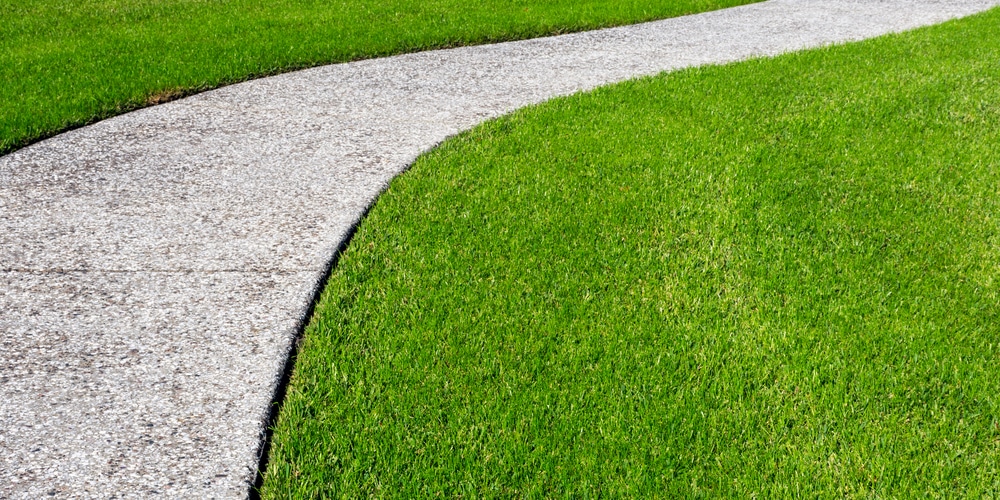North Carolina is well suited to warm-season grasses, especially those that thrive in sandy soils and don’t have problems with dry and hot summers. But North Carolina includes as many as five hardiness zones: the Western regions tend to be higher in altitude and colder, while the Southern are warm and dry. Given North Carolina’s soil conditions and temperatures, Centipede, Carpet grass, and Bermuda are popular choices for NC lawns. Still, among the entire selection, Zoysia Grass is one of the best options for homeowners and gardeners in North Carolina.
If you want to learn more about what to do with Zoysia Grass North Carolina, keep reading our essential guide. We included all you should pay attention to when taking care of this type of lawn. Plus, you’ll also find some other varieties of grass you may want to consider if you can’t meet Zoysia’s requirements. Indeed, while it falls under the category of “low maintenance” grass, you need to provide it with what it needs for it to thrive.
Zoysia Grass: What You Should Know About It
Zoysia grass is a dense and wear-resistant type of turf that adapts to most parts of North Carolina. It does best in the coastal regions and Piedmont but can also thrive in the Western areas provided that it gets enough sun. It is often confused with Bermuda grass, as they have much in common. However, you can tell the two apart by looking at the leaf blades. Zoysia grass has some “hairs” and feels different: stiff to the touch. Plus, it is medium to light green in color.
There are three species of this variety: Japanese lawn grass, Manila grass, and Mascarene grass. While the three are similar, some display characteristics that make them better for warmer climates. For instance, the Japanese lawn grass has superior tolerance to drought but requires full sun for at least 6 hours. On the other hand, Manila Grass can survive on a partial shade. Before picking a species for your garden, make sure you can provide it with all it needs to survive and stay healthy. All species are resistant to pests and diseases, making them an obvious choice for those who don’t want to use pesticides or other chemical compounds in their gardens.
If you live somewhere where it gets so cold the soil freezes, you may want to consider another type of grass. Indeed, zoysia grass will lose its color with heavy frosts: reverting it to its natural conditions will be challenging in such cases. However, under the appropriate conditions, Zoysia grass will thrive in North Carolina, so much so that it might spread even to areas where you may not want it.
Other types of Grass for North Carolina
In this section, we included a concise list of other types of grass you may want to consider for your North Carolina yard.
Bermuda Grass
Bermuda Grass is the most popular type of lawn in North Carolina. It tolerates the colder better than Zoysia but requires a bit more maintenance. You will have to mow it more frequently as it can invade flower beds and gardens without proper care. Its aggressive spread is one of the reasons why Zoysia grass is a better choice if you don’t want to spend too much time taking care of your lawn.
Centipede Grass
Centipede grass is the most obvious alternative to Zoysia. It is a slow-growing grass that produces dense and weed-free turf without little effort. This variety can spread quickly under the right conditions and doesn’t need fertilizers. However, you’ll have to ensure it gets full sun for it to thrive.
Tall Fescue
If you live in a cold region, you should consider getting a cool-season turf. Tall fescue could be the ideal option if you are looking for a low-maintenance type of grass. However, its coarse texture does not make it so appealing for a garden. Still, if your lawn receives heavy traffic, this grass will respond well to the pressure.
Zoysia Grass in North Carolina: The Bottom Line
If you came here to learn about Zoysia Grass North Carolina, you should feel like you’ve learned what you needed. As we mentioned, this variety can be a good option for most parts of the state. However, make sure you can meet its requirements. Alternatively, you can choose among the grass types we included above.

